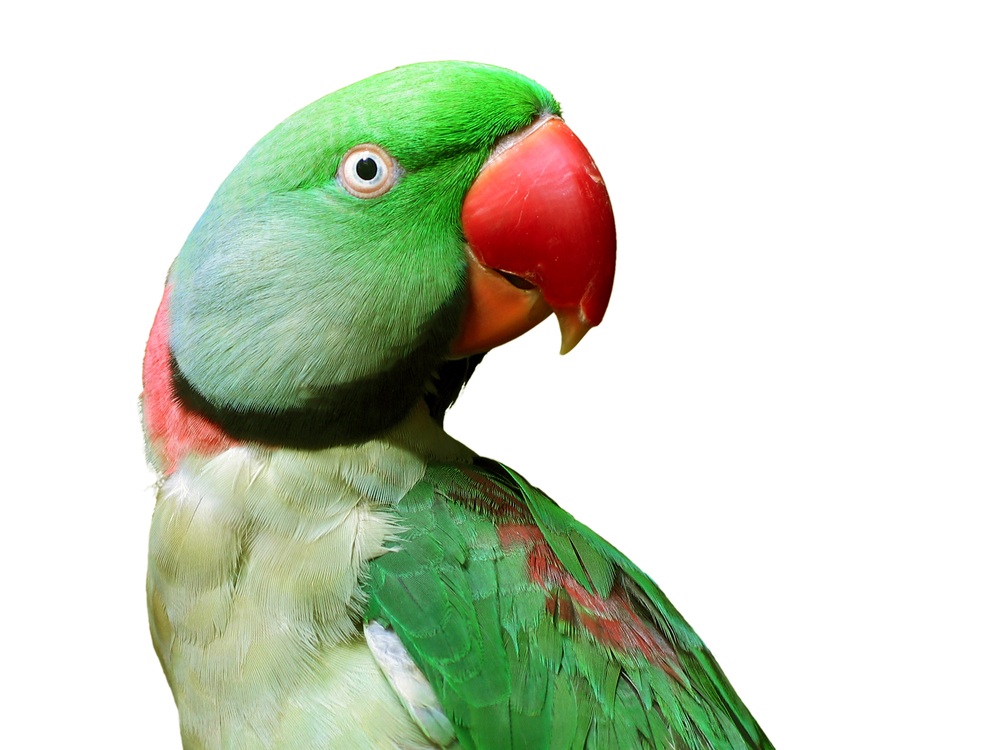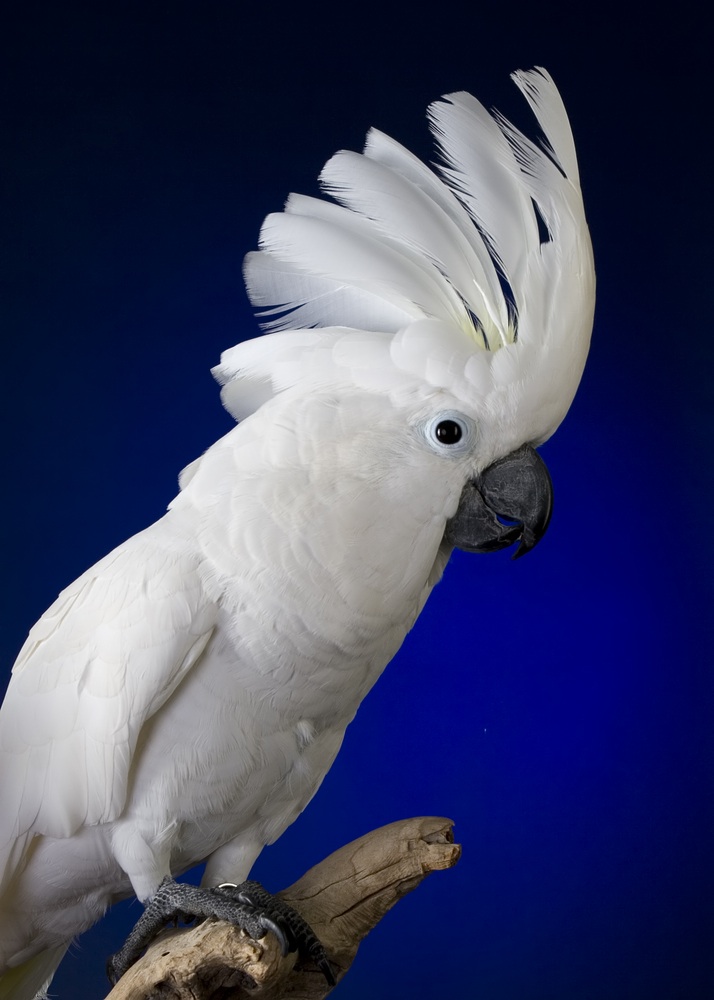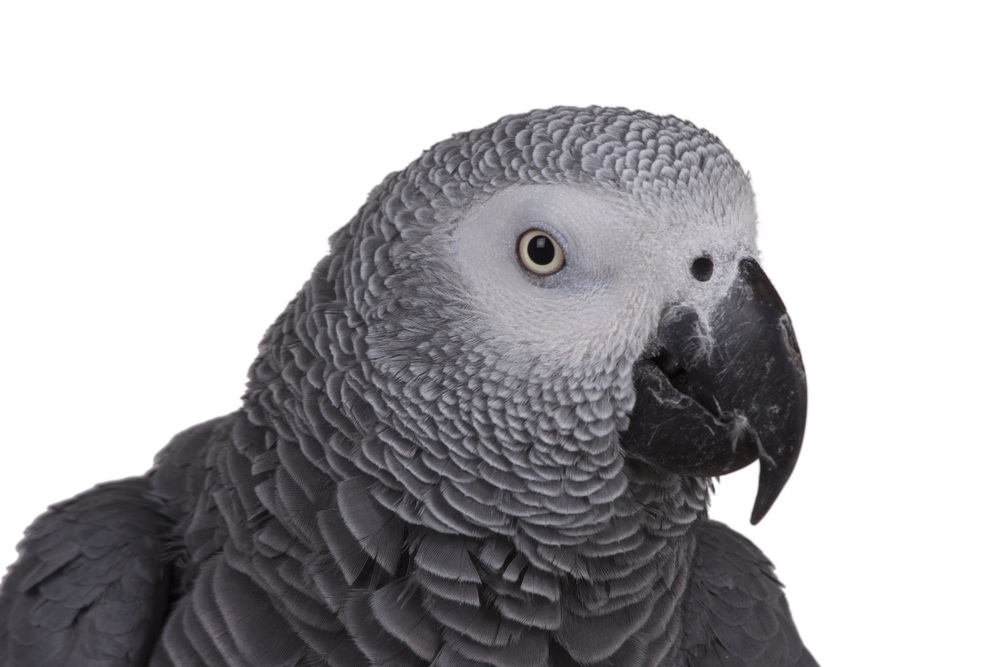Top talkers

Parrots have always held a special place in human affections. It seems that the ancient Persians had already succumbed to their charms over 2,500 years ago, with contemporary writers describing in awed terms how such birds could speak in several languages. The conquering armies of Alexander the Great then took parrots back to Greece with them from the vicinity of modern-day India - an event commemorated today by the name of the Alexandrine parakeet (Psittacula eupatria) (see picture).
During the Roman era, wealthy inhabitants of the capital housed their parrots in cages made of rare materials such as silver, decorated with tortoiseshell and ivory. Individual slaves were used specifically to train these birds to talk, relying on the same techniques as are still employed today.
Links with royalty

Subsequently, parrots became inextricably linked with the crowned heads of Europe. One of the favourites of the Holy Roman Emperor Frederick II (1194-1250), who maintained an extensive menagerie of exotic creatures in the Middle Ages, was a stunning white umbrella cockatoo (Cacatua alba) given to him by the Sultan of Babylon (see picture).
King Henry VIII of England (1491-1547) owned an African grey parrot (Psittacus erithacus), which learnt to call the boatmen across the water to his palace at Hampton Court near London and then demanded that they were paid for their efforts. This royal link with African Greys continued down the centuries, with the Duchess of Richmond & Lennox (1648-1702), a mistress of Charles II being buried in the company of her much-loved parrot in Westminster Abbey.
Much later, Queen Victoria (1819-1901) kept an African grey called Coco at her home at Sandringham in Norfolk. Members of the royal family loyally taught the parrot to sing “God Save the Queen”, apparently much to her amusement. Queen Elizabeth II still maintains an aviary of budgerigars here today, with this royal link between budgerigars and the monarchy extending back to King George V (1865-1936), who became the Budgerigar Society's first Patron in 1930.
Famous talking birds
It is no coincidence that grey parrots and budgerigars are still among the most popular of all parrots, partly because they are unrivalled as mimics. Both can amass large vocabularies, although much appears to depend on the ability of the teacher, as well as the talent of the individual bird. Britain's best-known talking budgerigar, called Sparkie Williams managed to master 531 words, including eight complete nursery rhymes which he learnt line-by-line.
He came to prominence in a competition for talking birds organised by the BBC in 1958 and beat off other 2768 entrants to become a national celebrity, before going on to make a record which sold some 20,000 copies. Sparkie toured the country with his owner, and can still be seen today as a tribute to the art of taxidermy at the Hancock Museum, in his native Newcastle-upon-Tyne.
The undisputed top talker as far as grey parrots are concerned is Prudle, who was rescued as a chick from a nest in a felled tree in Uganda, also in 1958. Brought to the UK by her owner, she then went on to win the title of the country's Top Talking Bird at the National Exhibition of Cage & Aviary Birds for a record 13 years in succession, building up a vocabulary of over 800 words and retiring undefeated in 1977.
Do they understand?

Perhaps the most fascinating thing about talking birds is whether they actually have any inkling of what they are saying. It is a difficult field to investigate but the results of a research project extending over 30 years carried out in the USA with a grey parrot called Alex suggests that at least some parrots will use language effectively for communication purposes.
Under the guidance of Professor Pepperberg, Alex was taught to ask for a variety of objects. The study has found that Alex could discriminate between them, to the extent that he refused a wrong item when it was offered to him. This response shows an ability to rationalise and decide, linked directly to the use of language. Sadly, Alex died unexpectedly in 2007, at the age of 31 years old, but studies are continuing with another African grey called Griffin.
Interest in pet parrots has grown significantly since the late 1980s, thanks to breakthroughs in breeding techniques. DNA technology means such birds can be sexed easily (and reliably identified if stolen), while artificial incubation and hand-rearing diets have allowed parrot chicks to be reared by hand in the home, thus growing up with no fear of humans.
But for many would-be owners, the smaller members of the family such as the budgerigar or cockatiel (Nymphicus hollandicus) will prove to be the most suitable household companions. Larger birds such as cockatoos and Amazon parrots are delightful as chicks, but develop very loud calls and destructive habits as they grow older. This is therefore an area where careful research is essential before making a choice, especially since these bigger parrots can have a similar life expectancy to our own.